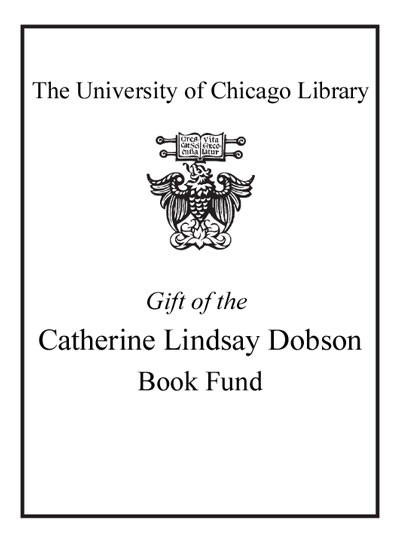Review by Choice Review
In recent years, Victorian architecture has found a sympathetic audience, so there is no need to make a case for the major architects and monuments. The minor figures, however, remain rather shadowy, and much remains to be done to bring out the details and distinctive character of the period. George Frederick Bodley (1827-1907) is the most recent architect-designer to receive the full treatment of a monograph by Yale University Press. The bulk of Bodley's work was in the Victorian church building boom, most of it in versions of the Gothic Revival. Bodley was a pupil of Sir George Gilbert Scott, and Bodley's preferred source was "14th century English pointed," which offered a sufficient range of forms and details to support a long and successful career. All aspects of that career are well documented in this compendious monograph, although the exhaustive attention to the churches and houses leaves little space for Bodley's furniture and interiors. Likewise, Bodley's work in the US, notably the National Cathedral in Washington, DC, is little more than a footnote to his career in Britain. Nevertheless, this is a handsome book offering both range and insight into the Gothic Revival. Summing Up: Recommended. Upper-division undergraduate, graduate, and research collections. --Paul Alexander Stirton, Bard Graduate Center
Copyright American Library Association, used with permission.
Review by Library Journal Review
Hall (H. Samuel Collection; Lasting Elegance) argues that English architect George Frederick Bodley (1827-1907) and other Victorian-era aesthetic movement followers were overlooked in the past by art historians because Victorian aestheticism was considered "effeminate," whereas modernism was "masculine." The aim of artists and architects of Victorian aestheticism and the later Gothic revival was to create "beauty," a concept that had both artistic and religious meaning at the turn of the 20th century. The way in which beauty was sought by the architects and by those who commissioned and experienced the architecture is the subject of Hall's lavishly illustrated book. In addition to the endnotes, bibliography, and index, the title features appendixes with "Pupils and Assistants" and a list of works. VERDICT Written in a straightforward style, this book is appropriate for art and architecture students, as well as general readers interested in the arts and crafts movement and Pre-Raphaelite Brotherhood.-Nancy J. Mactague, Aurora Univ. Lib., IL (c) Copyright 2015. Library Journals LLC, a wholly owned subsidiary of Media Source, Inc. No redistribution permitted.
(c) Copyright Library Journals LLC, a wholly owned subsidiary of Media Source, Inc. No redistribution permitted.
Review by Choice Review
Review by Library Journal Review

